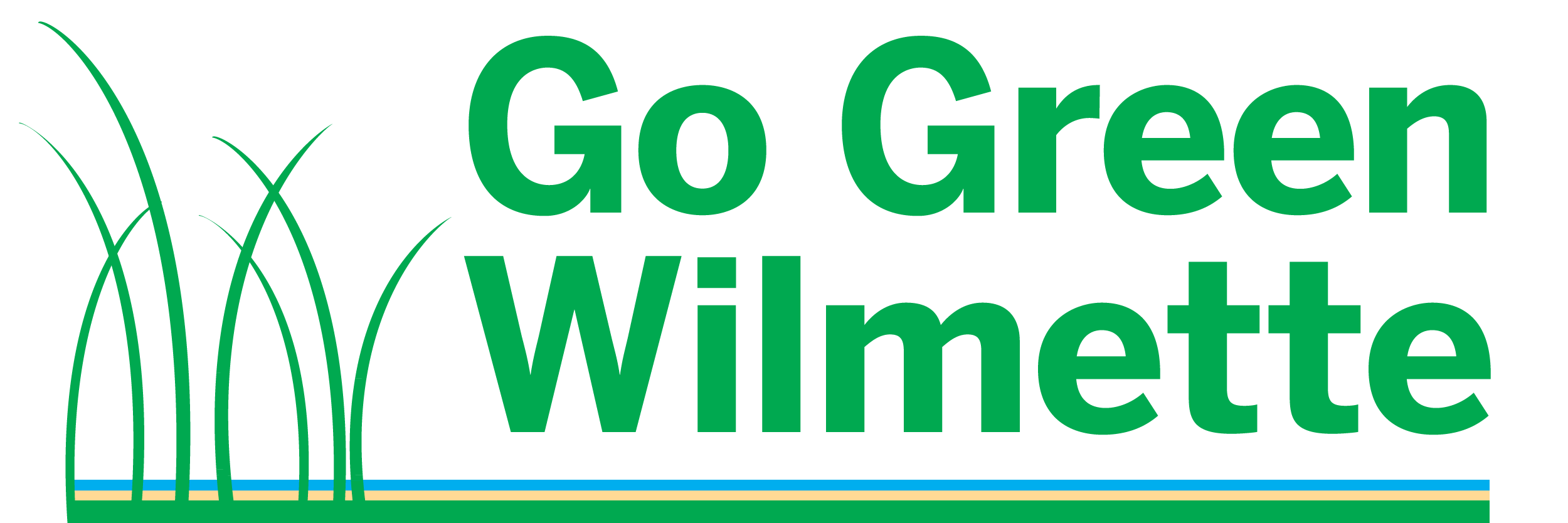Below is a checklist of ideas you can employ at your place of work, or if you own your own business, ideas for making your company more sustainable.
Use this checklist to rate your own practices and to spark ideas on how you can save money in the long run, and make your company a place where everyone can be proud to work!
Download a copy of this checklist
Reduce Energy Use
- Change incandescent and CFL light bulbs to LED. Always recycle CFL bulbs properly. Ask your bulb supplier how to do so.
- Change out light fixtures to more energy-efficient version – technology is constantly improving.
- Adopt a “lights out” policy for all rooms when not in use. Better yet, installed motion sensors in offices, storage rooms and conference rooms.
- Use natural light and task lighting when possible. Limit the use of overhead lighting.
- Turn off printers, computers, copiers, and other equipment when not in use, especially overnight. Plug these units into power strips that can be turned off with one switch.
- Review operating hours for lighting, heating, and cooling to minimize energy use.
- Tune up your HVAC system, or ask your building owner/manager to do so. In larger buildings, have the system inspected, updated and/or replaced.
- Use using solar energy to heat water or to generate electricity.
Reduce the Use of Plastic
- Use alternatives for shopping bags and plastic wrap.
- Offer straws only upon request. (See Shedd Aquarium’s campaign)
- Avoid all use of Styrofoam.
- Do not offer single-use plastic beverage bottles.
Recycle
- Increase recycling in all areas of your business. Provide details below.
- Participate in Wilmette’s Commercial Waste Franchise and recycling program.
- Provide recycling bins in office areas, break rooms and work areas for your employees.
- Provide a water cooler with glasses if you have a dishwasher or biodegradable cups. Encourage use of reusable cups. Do not provide water in plastic bottles.
- Collect all printer and copier cartridges for recycling. Encourage employees to bring their old cartridges from home.
Examine Your Packaging
- Reduce the amount of packaging you use.
- Use recycled and recyclable materials for packaging when possible. Avoid plastic.
- Train retail employees to always ask before automatically supplying a customer with a bag.
- Don’t use plastic bags. Use paper bag made of recycled content or buy re-usable bags with your logo and provide them to your customers.
Review Transportation Options
- Review your employees’ transportation options. Encourage carpooling, public transportation, biking and walking to work.
- Review your company’s transportation options – shipping, deliveries, company cars, etc. Buy fuel efficient vehicles for your fleet, adopt a no-idling policy, and plan routes for maximum (money-saving) efficiency.
- Reduce corporate travel, when possible, with video conferencing.
- Rent the most fuel-efficient cars possible.
Review Sourcing Options
- Source goods from local and regional suppliers whenever possible – for example, paper products or building materials.
- Produce – Source seasonal produce locally.
Reduce Paper Use
- Use paper with the highest post–consumer recycled content possible – try 100% or use at least 30%.
- Set up centralized files on your network to be shared.
- Communicate electronically whenever possible.
- Make 2-sided copies – make this your copier’s default setting.
- Re-use the back side of all paper printed on just one side.
- Reduce the number of printed copies of memos and emails. Distribute agendas, memos, ads, etc. electronically.
- Proofread and use print preview functions before printing to avoid wasted paper.
- Buy paper towels and toilet paper made with recycled paper, preferably unbleached.
Reduce Water Use
- Install water-efficient faucets, appliances, toilets and urinals.
- Install faucets (and soap dispensers) with sensors.
- Reduce landscape watering.
Review Cleaning Processes and Products
- Use green products whenever possible.
- Review your cleaning processes to see how they can be made more efficient to save energy, water and cleaning products.
Modify Landscaping Practices
- Reduce your use of fertilizers, herbicides and pesticides, or use better, safer options.
- Instruct your landscape service to use cleaner equipment, such as electric leaf blowers.
- Use native plants that require less maintenance and water.
- Plant a green roof to save heating and cooling costs, reduce storm water run-off and reduce the heat island effect – the amount of heat your building gives off.
Provide Employee Education and Development
- Provide environmental educational materials and programs for your employees.
- Challenge employees to propose energy saving ideas.
- Provide incentives to encourage employees to change their habits and choices. Pay for incentives from the savings you realize.
Promote Your Efforts
- Let your customers, suppliers and subcontractors know about your sustainability efforts.
- Ask your suppliers and subcontractors to match your efforts.
- Provide leadership in your field or industry.




